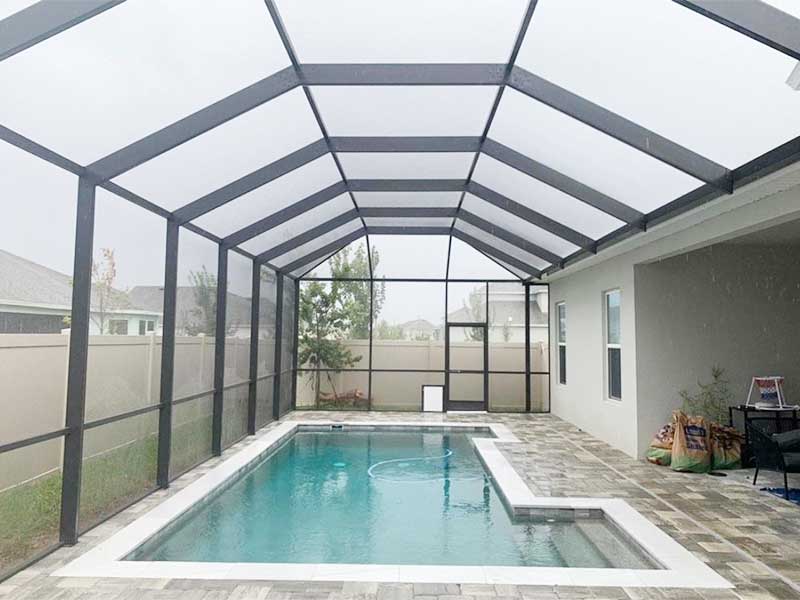
Innovative design has always been a key component in the evolution of architectural and engineering advancements. One such technology that has revolutionized the way we interact with our built environments is retractable roof technology. Combining both beauty and functionality, retractable roofs offer a versatile solution for indoor and outdoor spaces, allowing for an adaptable and dynamic user experience.
Retractable roofs are typically made up of a series of panels or sections that can be opened or closed to either provide shelter from the elements or allow for natural light and ventilation to enter a space. This flexibility in design allows for a seamless transition between indoor and outdoor environments, creating a harmonious connection between the built environment and nature. The beauty of retractable roofs lies in their ability to enhance the aesthetic appeal of a space, while also serving a practical purpose in providing protection from the sun, rain, or snow.
Functionality is a key aspect of retractable roof technology, as it offers users the ability to customize their environment based on their needs and preferences. Whether it be for a large stadium or sports arena, a restaurant patio, or a residential outdoor living space, retractable roofs provide a versatile solution that can be tailored to meet specific requirements. By allowing for natural light to enter a space, retractable roofs can create a brighter and more inviting atmosphere, while also reducing the need for artificial lighting during the day.
One of the main benefits of retractable roof technology is its ability to enhance the overall user experience. By providing a seamless transition between indoor and outdoor spaces, retractable roofs offer users the freedom to enjoy the benefits of both environments without having to compromise on comfort or convenience. This versatility is particularly valuable in regions with unpredictable weather patterns, where the ability to quickly adapt to changing conditions can make a significant difference in the usability and enjoyment of a space.
Another key advantage of retractable roofs is their ability to improve energy efficiency and sustainability. By allowing for natural light and ventilation to enter a space, retractable roofs can help reduce the need for artificial heating, cooling, and lighting, resulting in lower energy consumption and operating costs. This not only benefits the environment by reducing carbon emissions but also provides long-term cost savings for building owners and operators.
In addition to their practical benefits, retractable roofs also offer a unique design element that can enhance the overall aesthetic of a space. Whether it be through the use of innovative materials, shapes, or configurations, retractable roofs can add a touch of elegance and sophistication to any architectural design. Their ability to create a sense of openness and connection with the surrounding environment can transform a space into a truly immersive and engaging experience for users.
As technology continues to evolve, so too will the design and functionality of retractable roof systems. With advancements in materials, automation, and sustainability, retractable roofs are set to become an even more integral part of modern architectural and engineering projects. Whether it be for large-scale commercial developments or residential properties, the beauty and functionality of retractable roof technology will continue to push the boundaries of innovation and creativity in the built environment.
In conclusion, the beauty and functionality of retractable roof technology make it a valuable and versatile solution for enhancing the user experience in indoor and outdoor spaces. By combining innovative design with practical functionality, retractable roofs offer a seamless transition between environments, improve energy efficiency, and provide a unique aesthetic element to architectural designs. As technology continues to advance, retractable roof systems will play an increasingly important role in shaping the future of architectural and engineering projects around the world.